: A Complete Guide for Every Sewer
If you are a sewing enthusiast, you know the value of having the right tools for every sewing project. Whether you are a professional seamstress or a hobbyist, having the right sewing repair tools can make all the difference in the quality of your work. From fixing a simple stitch to repairing a torn garment, these tools are essential in any sewing kit. In this article, we will take a deep dive into the world of sewing repair tools and their uses.
Needles
Needles are perhaps one of the most crucial tools for sewing repair. There are various types of needles, each with a specific purpose. The three most common types of needles used in sewing repair are Sharp needles, Ballpoint needles, and Universal needles.
- Sharp needles: As the name suggests, these needles have a sharp point and are used for woven fabrics, such as cotton or linen. They are perfect for making precise stitches and are ideal for repairing tears or rips in fabric.
- Ballpoint needles: These needles have a rounded tip and are suited for knit fabrics, such as jersey or spandex. The rounded tip prevents the needle from piercing through the fabric and breaking the knit stitches.
- Universal needles: These needles have a slightly rounded point and are a combination of Sharp and Ballpoint needles. They are suitable for both woven and knit fabrics and are the go-to needles for most sewing projects.
Tape Measure
A tape measure is another must-have tool for sewing repair. It is used to measure fabric, body measurements, and seam allowances. Look for a tape measure that is at least 60 inches long and made of durable material like fiberglass. This will ensure accurate and long-lasting measurements.
Thread
Thread is the backbone of sewing repair. It is the material that holds everything together. When choosing thread for sewing repair, opt for high-quality threads that are strong and durable. Cotton or polyester threads are the most commonly used for sewing repair.
Scissors
Scissors come in various shapes and sizes, and each serves a specific purpose in sewing repair. A pair of fabric scissors is a must-have in any sewing kit. They are used to cut fabric and thread and should be kept sharp for precise cuts. Additionally, a pair of small embroidery scissors or snips is handy for trimming threads and cutting small details.
Sewing Machine
While not essential, a sewing machine can make sewing repair projects quicker and more efficient. When purchasing a sewing machine, look for one that is easy to use, durable, and has various stitch options. This will make sewing repairs, both big and small, a breeze.
Sewing Awl
A sewing awl is a handy tool for repairing leather, canvas, and other heavy-duty fabrics. It resembles a long needle with a sharp point and is used to make holes in thick fabrics. A sewing awl is ideal for repairing items like tents, bags, and shoes.
Pins and Pin Cushion
Pins are used to hold fabric in place and are a crucial tool for sewing repair. A pin cushion is used to store pins and keep them within reach while sewing. When purchasing pins, look for ones with a ball head, which makes them easier to grasp and reduces the risk of pricking your fingers.
Seam Ripper
A seam ripper is a small, handy tool used for removing stitches. It has a sharp hook that easily slips under stitches and cuts them. A seam ripper is essential for fixing mistakes and undoing seams for alteration.
Sewing Gauge
A sewing gauge is a small ruler with a sliding marker used for measuring hems, seam allowances, and buttonholes. It is a valuable tool for achieving precise measurements and ensures a professional finish to your sewing repair.
Conclusion
In conclusion, having the right sewing repair tools is essential for every sewer. These tools not only make your work more manageable but also ensure the quality and longevity of your sewing projects. So, whether you are a professional seamstress or a hobbyist, invest in these tools to create beautiful, long-lasting pieces. Happy sewing!
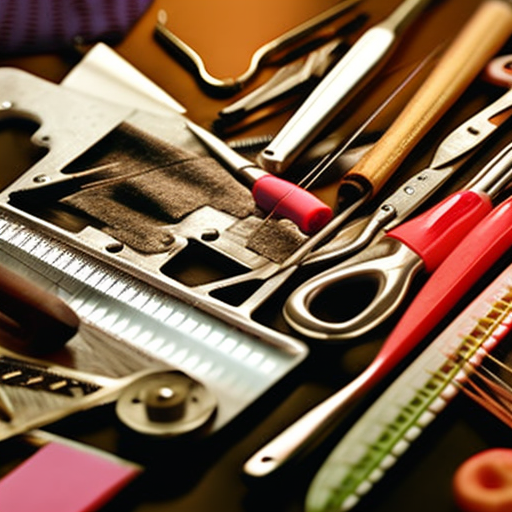
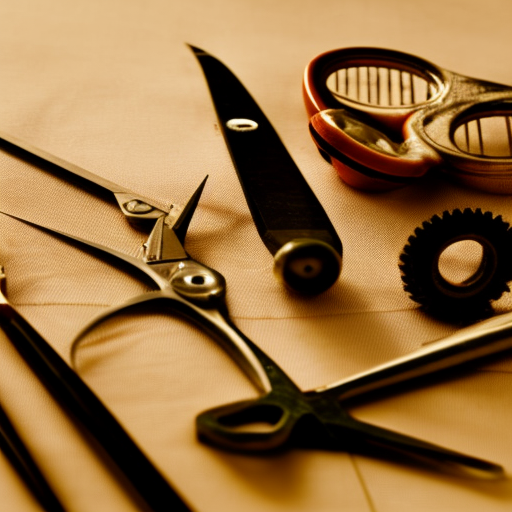
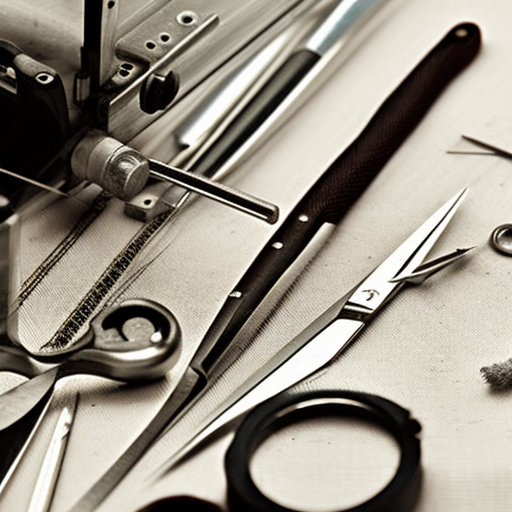
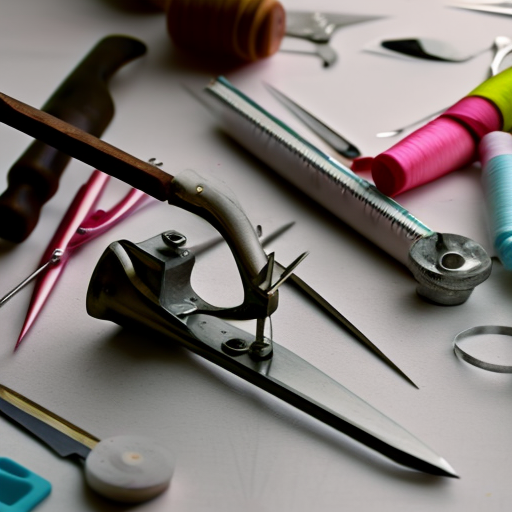
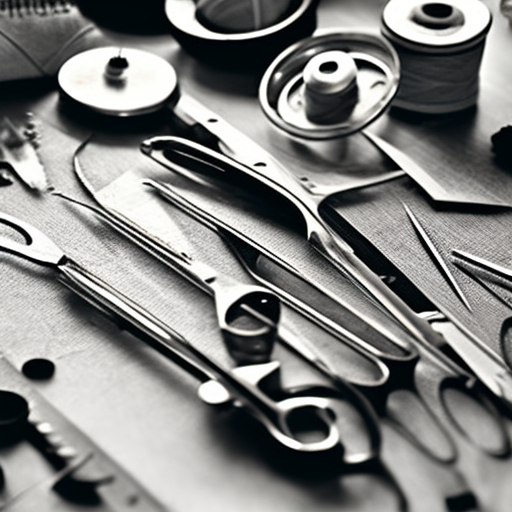
This looks like it would really come in handy!
An essential kit for any crafter or seamstress! Whether you’re fixing up a worn out pair of jeans or creating something from scratch, having the right tools for the job is a must. They not only help you achieve the best possible results, but they also save time and make any sewing project a much smoother and more enjoyable experience.